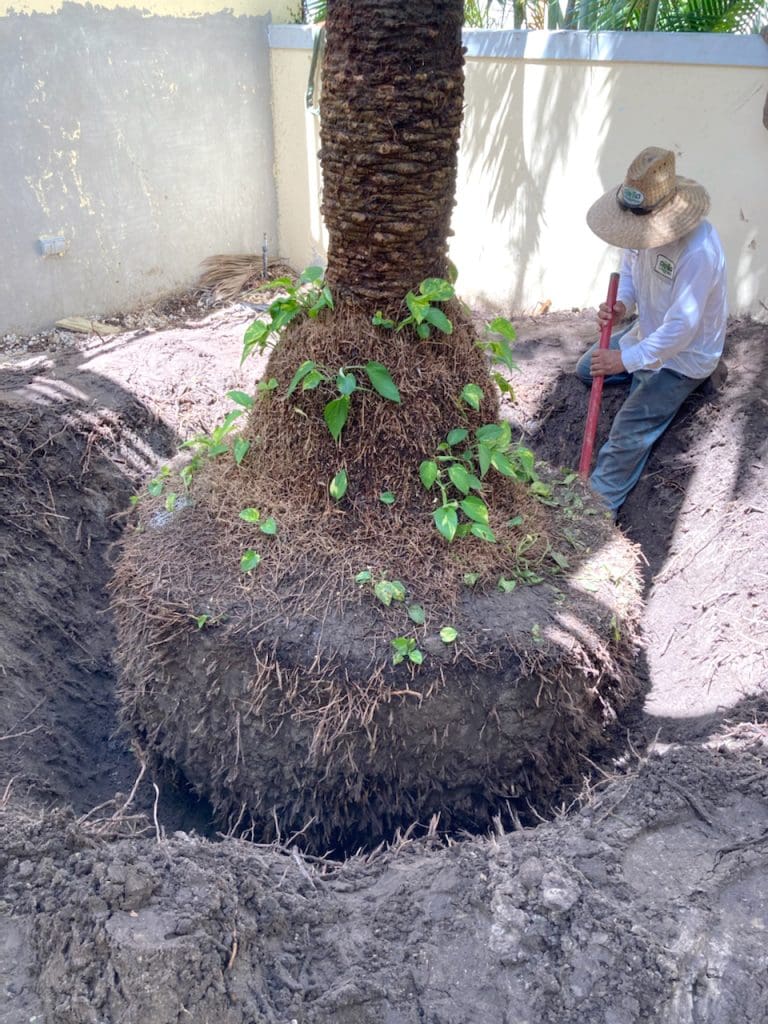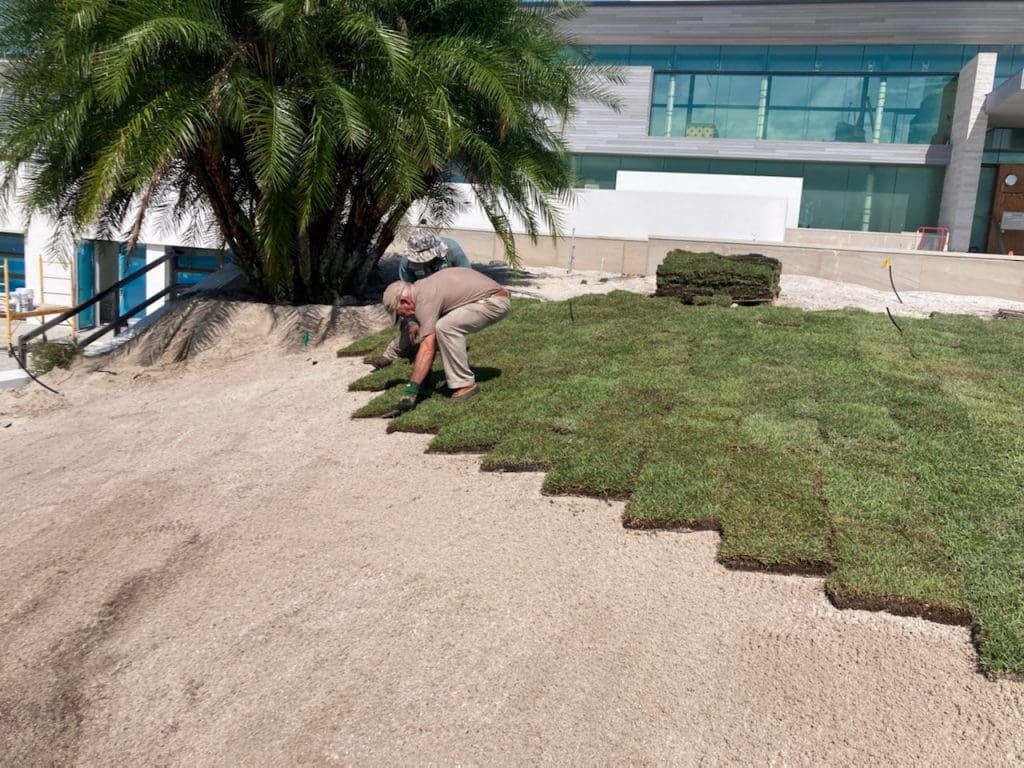
In October 2021, OSHA issued an advanced notice of proposed rulemaking (ANPRM) for heat injury and illness prevention in outdoor and indoor work settings. The ANPRM cites a high risk of heat-related illnesses and a significant number of workplace violations in a variety of industries including landscaping.
“While heat illness is largely preventable and commonly underreported, thousands of workers are sickened each year by workplace heat exposure, and in some cases, heat exposure can be fatal,” said Jim Frederick, acting assistant secretary of labor for OSHA, in a press release when the ANPRM was announced.
NALP’s safety advisor Sam Steel says that while this new standard is likely to go into effect, it will be months or even years before it will be published and enforced due to public comment periods and resistance from some industries.
“The plus or minus status of a heat illness standard should help the industry as a whole come to a better understanding of the economic and human impact from a coordinated approach to protecting landscape employees from excessive heat in the workplace,” Steel says. “Those firms with ‘written’ heat illness policies and effective training programs should be on solid footing if and when a new standard is implemented.
Ivan Giraldo, co-owner of Clean Scapes Landscaping, based in Austin, Texas, says it might be better for OSHA to encourage and educate small- and medium-sized companies on creating these policies and procedures, rather than serving as a regulating entity.
“I believe that any company our size, every professional company, they know what to do, and they take these matters seriously,” Giraldo says. “No company wants an employee in the hospital.”
Tommy Aiello, president of Aiello Landscape, based in Vero Beach, Florida, adds that heat exposure prevention is mostly common sense.
Recommended Practices

While heat safety may seem like common sense to some, it is still critical to implement recommended practices to protect your workers from hazardous heat exposure. Heat exposure is the leading cause of death among weather-related workplace hazards.
According to the U.S. Department of Labor’s Bureau of Labor Statistics (BLS) from 2011 to 2019, environmental heat cases resulted in an average of 38 fatalities per year and an average of 2,700 cases with days away from work.
Employees should be well-hydrated before starting their work. They should also drink small amounts of water over shorter intervals rather than a large amount infrequently. Giraldo says they provide plenty of water for their crews and managers often come and check to see that crews are drinking water.
“Remember that thirst may not be a reliable indicator of dehydration among your landscape workers, so they should be encouraged to drink ample fluids,” Steel says.
In extreme heat conditions, make sure all work crews are taking regular breaks. Giraldo says they encourage their employees to take pauses as needed and to rest during the times when they are waiting on other contractors.
“We definitely recommend to make sure they take those intermediate breaks but if they feel tired tell somebody, especially the crew leader or supervisor, and just take a little break, it’s no problem,” Giraldo says.
However, heat safety is more than just providing water and rest. Steel suggests changing daily work schedules when heat warnings have been issued by the weather service.
“Schedule strenuous manual work earlier in the day when air temperature and humidity are more comfortable for outside work,” Steel says.
At Aiello Landscape, they hold safety meetings every Friday and during the summer they focus particularly on heat. They provide their crews with long sleeve shirts, sun protection hats, ice machines and start work at 7 a.m.
“All of our employees are more cautious in the summer months,” Aiello says. “We rarely get above 92 degrees and work less overtime in the summer.”
Giraldo says in the peak of summer when temperatures are high, they will start the day at 5 or 5:30 a.m. so crews are back at the shop by 2:30 or 3 p.m.
When discussing heat illnesses in safety meetings, make sure team members are well aware of the different symptoms of heat illness. Giraldo says they openly discuss the necessary treatment steps if someone is suffering from heat illness once a week.
“The most serious type of heat stress, known as heatstroke, is a life-threatening condition and requires quick action on the part of an observant crew manager and knowledgeable crew members,” Steel says.
Acclimatizing New Employees
Because it is challenging to find individuals willing to work under excessive heat and humidity, employee turnover can be common as many hires don’t end up staying with companies long term.
This calls for constant attention to new employee training and acclimatization activities.

“New workers are especially vulnerable to excessive heat during their first two weeks of strenuous labor,” Steel says. “Acclimatize these workers by gradually increasing their manual labor activities at the job site. Keep in mind that an acclimatized worker can lose much of their heat stress protection by missing even a week or so away from the job. They may need some additional time for their body to regain protection from manual work under excessive heat and humidity.”
Steel suggests assigning a mentor to monitor the health of new hires for their first one to two months on the job. At Clean Scapes, new hires wear a different colored vest for at least two weeks, so others know to keep an eye on them.
“We identify the new employees with a different safety vest color, an orange color,” Giraldo says. “Everybody knows that is a new employee so they check on those employees in particular.”
Another challenge is knowing an individual worker’s susceptibility to work-related heat illness.
Employees on certain types of medication can be more vulnerable to heat stress. Older workers should also be monitored carefully, especially if they are not accustomed to manual labor.
The main issue with achieving heat safety is making employees follow through with the recommended practices.
“It’s always a challenge trying to make sure the employees do what they’re supposed to,” Giraldo says. “Making sure they’re drinking enough water and they’re taking breaks.”
Just like you cannot force a horse to drink water, there is only so much you can do to encourage your employees to stay hydrated. Giraldo says sometimes they have people on staff who think they don’t need to drink a lot of water.
“There are certain things we can do to until the point is ‘Alright, you can either drink water or you cannot work here,” Giraldo says.
Treating Heat-Illness Cases
Aiello says they rarely have heat-related incidents. At most, it’s one per year.
“We bring them in, if necessary, have them take a break and drink fluids,” Aiello says.
Similarly, Giraldo says they only have one or two heat-related illnesses, but they’re never anything severe. He says it’s typically new employees who haven’t adjusted to the heat and the physical labor yet.
In these cases, the crew leaders calls the safety coordinator to let them know they’ve moved the affected employee to shade and that they’re resting and responsive.
Clean Scapes’ crew leaders are responsible for making sure everyone is okay. The employees are trained to approach the crew leader and let them know when they’re not feeling good. The crew leader will then contact the supervisor and describe the victim’s symptoms.
Steel advises immediately assisting fellow workers when they become dizzy, disoriented, confused, and unconscious.
“Assist worker(s) to a shady area out of the hot sun and heat and offer them fluids,” Steel says. “Remember: Thirstiness is not necessarily an indication of heat stress. If serious heat stress symptoms are observed, call 911, or transport the victim to a close-by emergency care facility immediately.”
This article was published in the May/June issue of the magazine. To read more stories from The Edge magazine, click here to subscribe to the digital edition.

